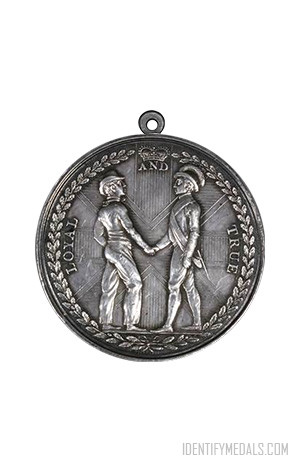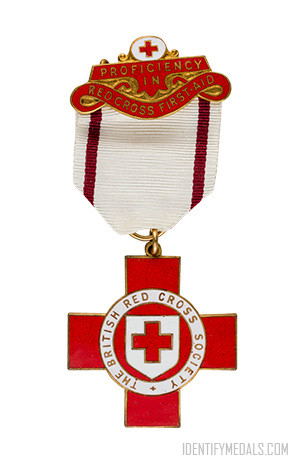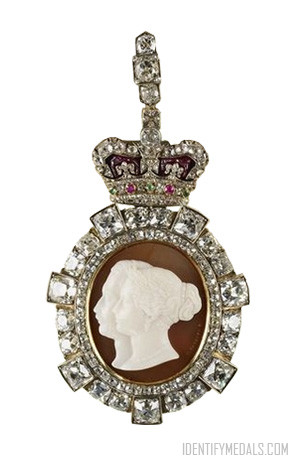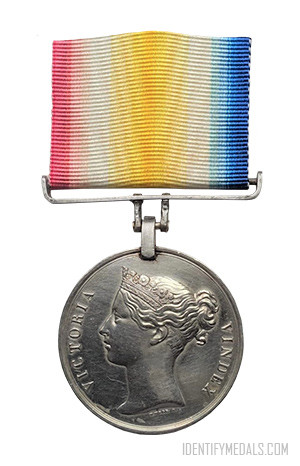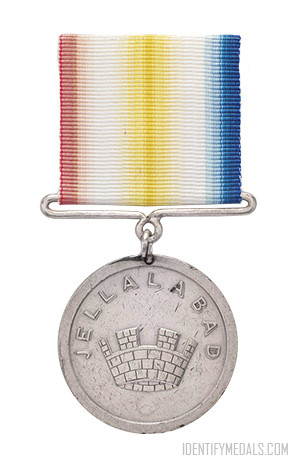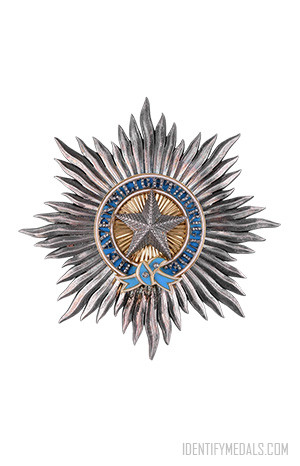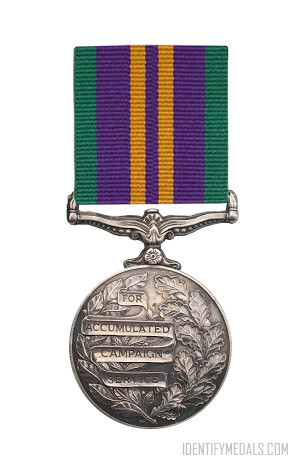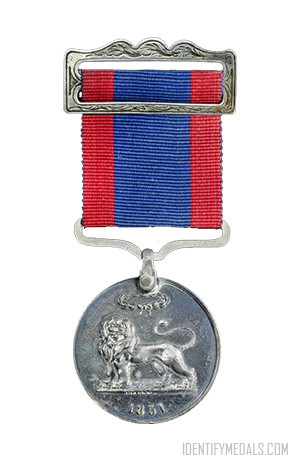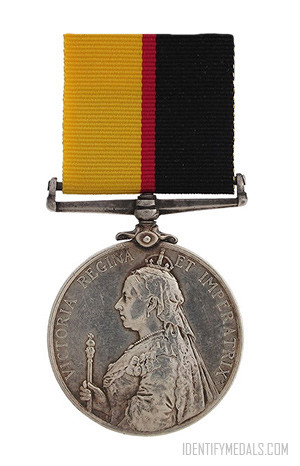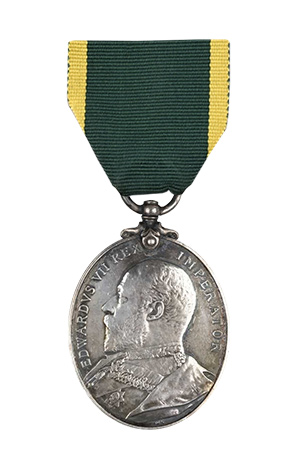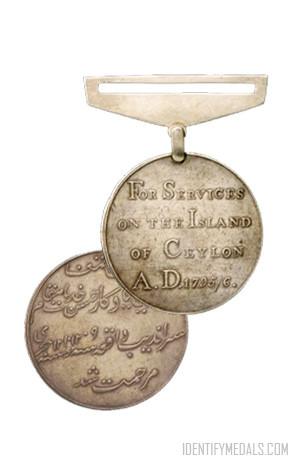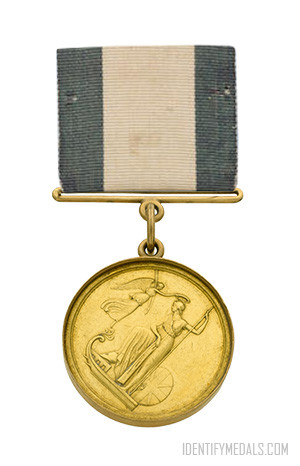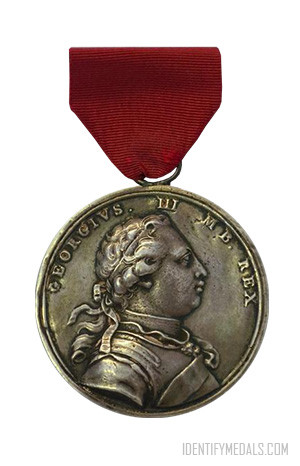- Time Period: Pre-WW1
- Year of Institution: 1800
- Country: Great Britain
The Earl St Vincent’s Medal was instituted in 1800 and presented in silver and bronze to officers and sailors who had followed Admiral Sir John Jervis from his flagship Victory to the Ville de Paris (and remained loyal to him during the mutiny at the Nore, which involved over 10% of the seamen in the Royal Navy).
When the British fleet under Admiral Sir John Jervis defeated a much larger Spanish fleet under Admiral Don José de Córdoba y Ramos near Cape St. Vincent, Portugal in February 1797, Jervis was made Baron Jervis of Meaford and Earl St Vincent and was granted a pension for life of £3,000 per year.
A specimen in gold was presented to George III and is now in the British Museum and there is also another gold example in the National Maritime Museum.
The Earl St Vincent’s Medal Design
The medal is struck in gold or silver, and measures 48 mm wide. It was designed by Lady Spencer (as recorded in correspondence to her from Jervis in June 1801).
It’s not known how many gold specimens were made, but it can only have been a couple or so.
The obverse bears the bust of the Admiral with his hair long and tied with a ribbon. The uniformed bust of Adml. Jervis l. is surrounded by the inscription “EARL ST VINCENT’S TESTIMONY OF APPROBATION 1800“.
The reverse shows a Rev. Naval Officer and enlisted sailor shaking hands, with a backdrop of the Union flag, all within an oaken wreath.
The medal was awarded without a ribbon.

